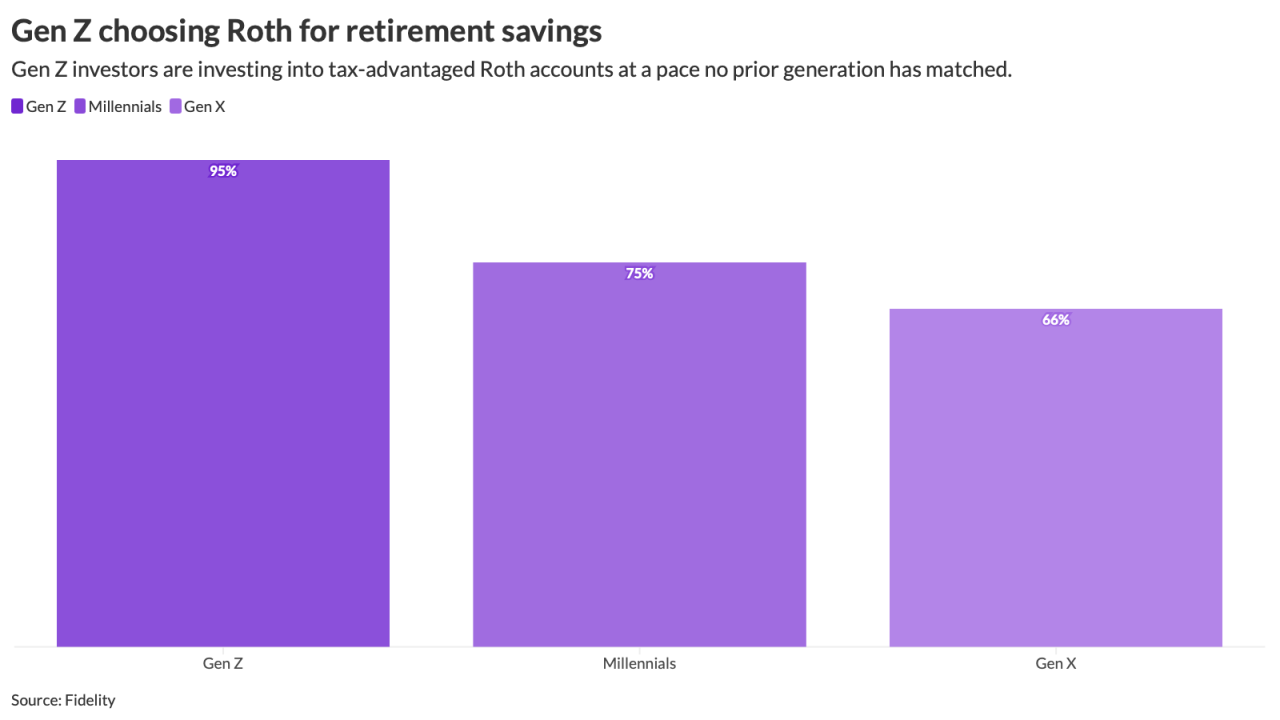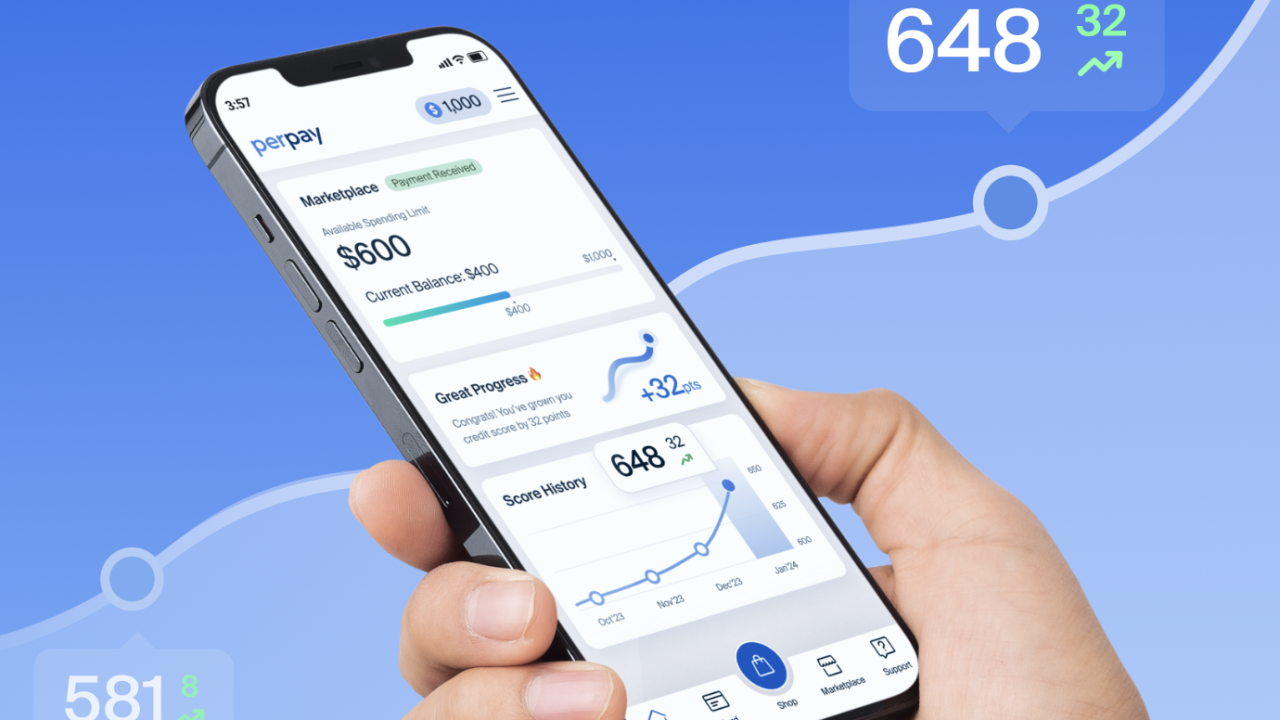Employees may be disappointed about being
Employees have more disposable income now that they don’t have to pay for gas or public transportation to get to work. On average, men saved $260 more last year, and women $200, according to LT Trust, a 401(k) record keeping company.
Despite the pandemic,
“A little adds up,” says Burke Johnson, executive vice president and chief operating officer for LT Trust. “Many workers are taking this new disposable income to pay off debt or put in savings, but they should also consider taking advantage of the compoundable interest and company contribution that comes with their employer’s retirement plan.”
Johnson spoke in a recent interview about strategies employers can use to help workers pad their retirement plans during the pandemic.
Does the pandemic pose any challenges to retirement planning?
Fortunately, many people have more disposable income because they’re working from home during the pandemic — so that’s positive news for retirement. The only problem I’ve seen is a reluctance to invest because of when the market tanked last year.
Participants should be disciplined about setting an amount that’s appropriate for their age. Set it and forget it. Don’t stop contributing because you think something is going on to cause the market to go one way or another. Markets recover, but you can’t save for retirement if you don’t contribute the appropriate amount.
Which retirement accounts should employees be utilizing?
The 401(k) is the most convenient option because contributions are automatically deducted from employee paychecks. They also allow for
The Roth IRA is another option.There are a lot of tax benefits with these accounts, but it depends on what you think your
What about HSAs?
The HSA has a triple tax deferral, which is great, but it doesn’t offer as much opportunity to save. Employer contributions to these accounts are typically only a couple hundred dollars. For retirement, in most cases, I recommend investing in the 401(k) and Roth IRA. It’s always a good idea to diversify your investments and save in both of these accounts.
Regardless of market conditions and what you’re reading in the news, I think people should try to save as much as they can. Don’t try to






